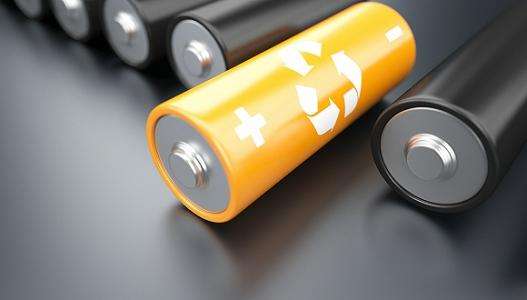How much do you know about LiPo battery tester?
Jul 11, 2019 Pageview:1514
When it comes to using a LiPo battery, managing it is very important. If you let the battery too low, it can be severely damaged and you might end up not being able to use it. That is when a battery tester comes in to save the day. First of all, the battery tester is used to test the voltage in your battery, it usually will display the total voltage in your battery, and then the specific voltage contained in every specific cell. Secondly, the tester will be monitoring your battery and will later let you know when one of the cells begins to fall below a certain voltage. The battery testers come with unit pins, which can be directly plugged into your LiPo battery, but also o breadboards and other devices. If you have a LiPo battery you’ll be using, then you should definitely keep reading about LiPo battery testers.
Does LiPo battery tester cost a lot?
It really depends on the tester you are getting. The thing is, you can go into Amazon and buy an alleged LiPo battery tester for the (very) modest price of $1.70. However, the likeliness of this tester to being good and accurate and actually lasting more than 3 hours is very low. Could it be a good tester? Yeah, totally, but it probably isn’t. On the other hand, you have LiPo battery testers that are around $400, now this are very fancy, very sophisticated LiPo battery tester and chances are you don’t need to spend $400 dollars on one, unless you have very specific requirements for your battery. In reality, the average price of a good LiPo battery tester should be ranging between $9 and $15, but, again, it depends on your specific needs and characteristics you are looking for.
When do I need a LiPo battery tester?
Literally, whenever you are using your Lithium Polymer battery. The thing is, a Lithium Polymer battery is kind of a very delicate type of battery. The issue with this specific kind lies within the fact that they can become potentially unable to be used if they drop too low and keep on being used. That is why it is extremely recommended for the battery to be connected to a LiPo battery tester or monitor every time the Lithium Polymer battery is simultaneously connected to a specific device to which it is giving power. What the LiPo battery tester or monitor will do, is that it will be constantly monitoring the life of your Lithium Polymer battery, the monitor will let you know with an alert or a sound that your battery percentage is getting too low, similar as it happens with your cellphone when it is only at 20% battery. You need to pay attention to this and stop using the battery, since when the Lithium Polymer batteries are used when they are in their lower percentages, the damage done to the internal chemistry is not able to be repaired anymore, and the battery becomes, therefore, unable to be used.
How do I use LiPo battery tester properly?
The first thing you need to do is to attach the Battery Tester or Monitor to the actual battery. First you need to find the ground wire, which is found on the balance connector. This wire is the one that is the farthest away from the red one, you need to match the ground wore up to the minus symbol that can be seen in the back of the battery tester. The red wire will be matching the 3s pin. Once you have done this, and therefore the battery is connected, the monitor will make a noise to let you know the connection was made properly and that it is now measuring the energy in your battery. After making the noise, the tester will begin to cycle through a variety of measurements. First there is ALL, in which the voltage across the whole battery is measured. The average nominal voltage is of 11.1, however, it varies when fully charged or discharged. Then it shows No.1, which shows the voltage of the first cell the battery has. The average nominal voltage should be around 3.7, which might also present variations depending on whether it is fully charged or discharged. Then the battery shows No.2, which is representing the voltage of the second cell of your battery, just like No.1, the average nominal voltage should be at around 3.7 V, which could vary depending on whether the battery is fully charged or after discharging at first. Finally, you get No.3, which as you might have already guessed represent the voltage across the third cell of our Lithium Polymer battery, just like the 2 previous cells, it should have a nominal voltage ranging around 3.7, a number that varies with the cell being fully charged or not.
In order to determine when the alarm of the tester is supposed to sound, you should be able to push a button on the battery tester that will let you update the minimum voltage for the tester to emit an alert. This happens even if turn off. The monitor values you can choose among vary within the range of 2.7 and 3.8 V, the default setting is usually at 3.3, and it is the most recommended when it comes to enlarging your batteries life cycle and damaging the internal chemistry as little as possible.
Finally, it is important to consider the fact that the battery tester should only be attached to the battery while the battery is powering something else. When you are done using the battery and are not going to be draining any power from it, then the recommended procedure is to remove the battery tester. This is because, if the battery tester is stored while still attached to the battery, the tester will begin to slowly draw the life out of it.
- Prev Article: Why is my battery draining so fast?
- Next Article: How to store LiPo batteries
Leave Message
Hottest Categories
-
Hottest Industry News
-
Latest Industry News











